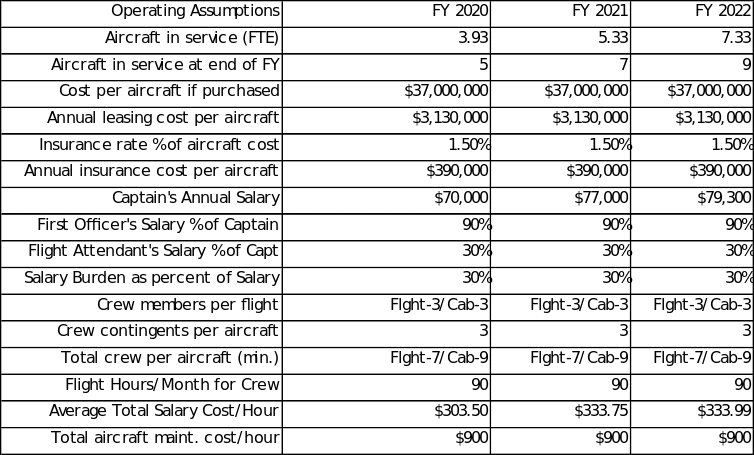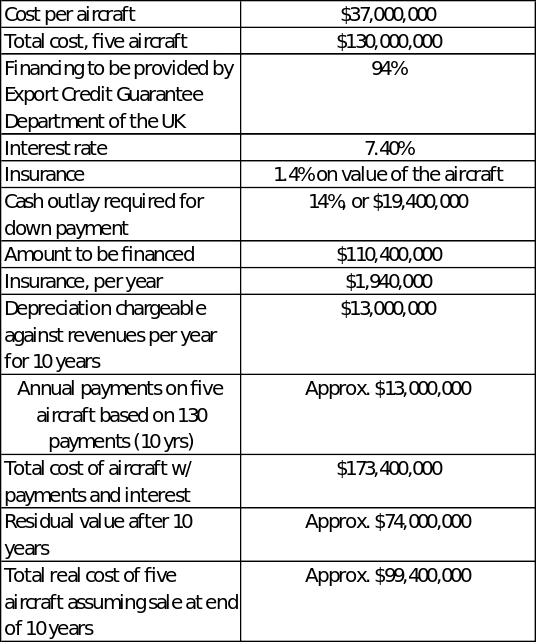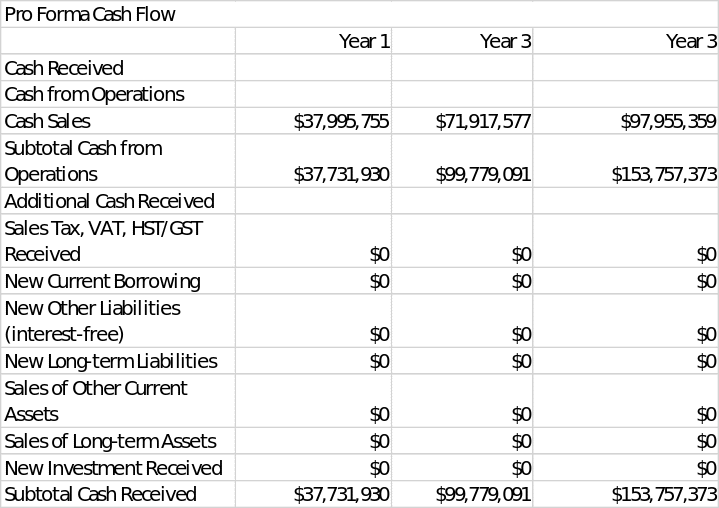Optimized ‘Size and Shape’ of the Airline and Financial Plan
- The functional organizational structure is rigid by definition. It has some drawbacks that affect not only Airlines, but the airlines that use this structure.
- First, strong centralized control over operations reduces the flexibility of individual departments, including local managers and supervisors (de Oliveira et al., 12)
- The company should use the same structure that it used when being a small, local airline. It can quickly take new initiatives and respond to changes in the industry (Nenem et al. 22).
- The advantage of using functional organizational structures is the ability to ensure that the company functions as a whole.
- The airline businesses can have team-based cultures, which they often do.
- The airline should use both a hierarchical and a functional structure in its business model (Taneja 10).
- A look at the structure of the operations, such as marketing, sales and customer service, shows that while they have fewer jobs than smaller regional carriers, the divisions are very similar.
- Corporate structures of the airline should facilitate the sharing of resources between airlines, including human resources.
- As a structural system, the airline should have a rigid hierarchy that takes strategic management concerns into account (Lange et al,. 15).
- Examining the organizational structure of an airline gives the understanding of how management is organized from the top down in order to achieve a balance with maximum thrust and minimum resistance (Mariani et al., 20).
- The airline’s organizational chart show that it uses functional organizational structures to arrange management that resembles the coordination of different departments of the company.
Financial Plan: Financial Assumptions

Aircraft Cost on a Purchase Basis

Pro Forma Cash Flow

Works Cited
- De Oliveira, et al. Does one model fit them all? A network design analysis of airline business model adaptation in face of competition. 2019.
- Lange, Anne, and Tobias Bier. “Airline business models and their network structures.” Logistics Research vol. 12, 2019, pp. 1-14.
- Mariani, Giovanna, Davide Morelli, and Leonardo Bartoloni. “Managing uncertainty in the start-up environment. Is a business plan an incentive or a limitation?.” Management Control, 2019.
- Nenem, Sukru, Anne Graham, and Nigel Dennis. “Airline schedule and network competitiveness: A consumer-centric approach for business travel.” Annals of Tourism Research, vol. 80, 2020.
- Taneja, Nawal K. “Transforming Airlines: A Flight Plan for Navigating Structural Changes.” 2020.
- Yu, Jin. “Investigation of IFRS16 Effect on the Airlines.” Journal of Finance and Accounting vol. 7, no. 5, 2019, p. 132.